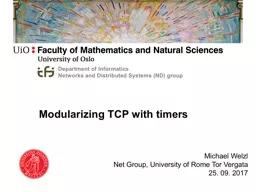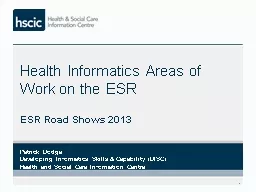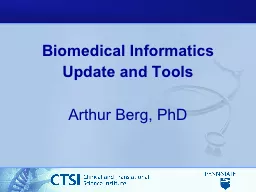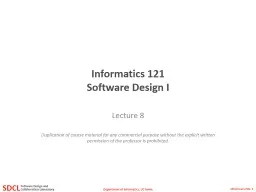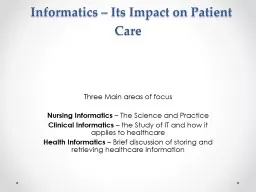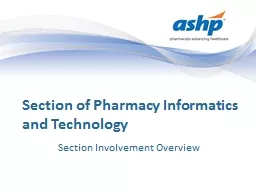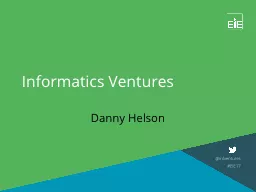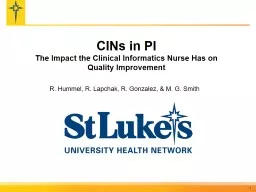PPT-Department of Informatics
Author : jiggyhuman | Published Date : 2020-06-23
Networks and Distributed Systems ND group Modularizing TCP with timers Michael Welzl Net Group University of Rome Tor Vergata 25 09 2017 Goal Dissect TCP into
Presentation Embed Code
Download Presentation
Download Presentation The PPT/PDF document "Department of Informatics" is the property of its rightful owner. Permission is granted to download and print the materials on this website for personal, non-commercial use only, and to display it on your personal computer provided you do not modify the materials and that you retain all copyright notices contained in the materials. By downloading content from our website, you accept the terms of this agreement.
Department of Informatics: Transcript
Download Rules Of Document
"Department of Informatics"The content belongs to its owner. You may download and print it for personal use, without modification, and keep all copyright notices. By downloading, you agree to these terms.
Related Documents

